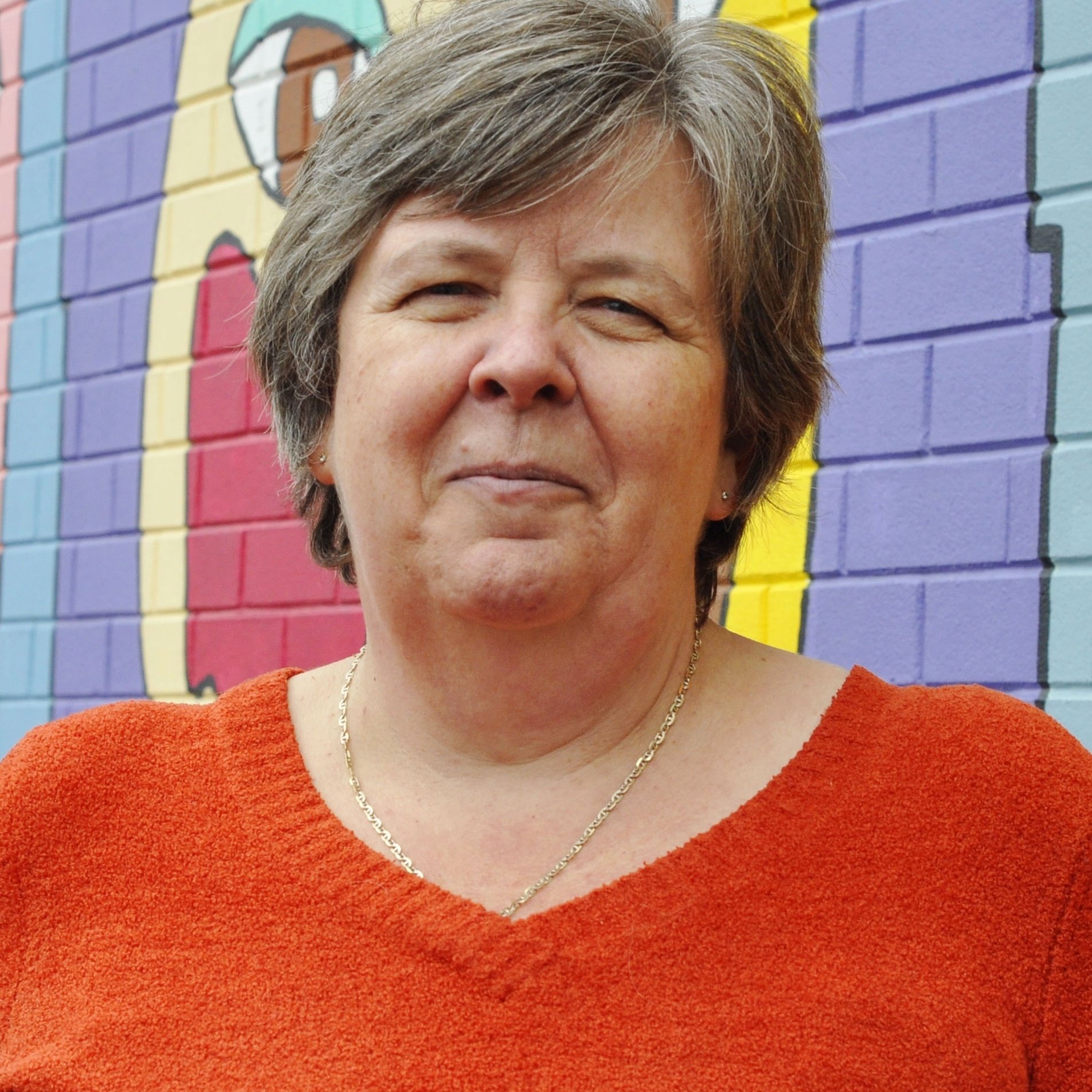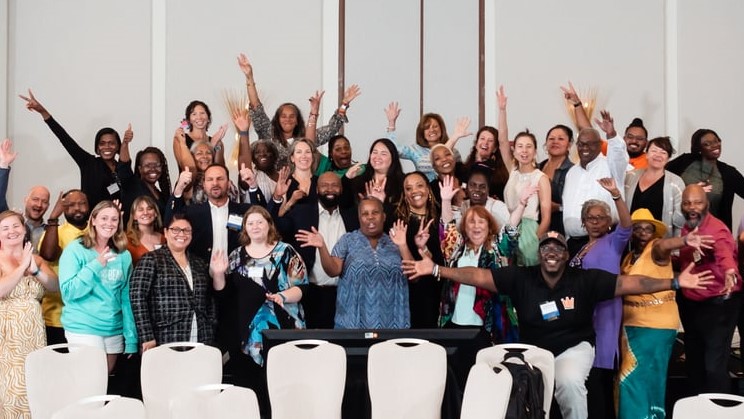Collaboration can be challenging work. We convene colleagues together and try to work collaboratively, often providing only limited support and resources to move the collective effort forward. It is no wonder that the experience of collaboration can be frustrating.
Collaboration:
There are many stories about when collaboration stumbles or when the promise of deep commitment and engagement is not fulfilled. And yet, we replicate collaborations repeatedly. Many funding applications are only successful when collaborators provide letters of support and commitment to this effort.
To improve collaborative efforts in their start-up phase, Tamarack has identified three strategies:
- Understanding the local context for the collaboration
- Developing clarity about the goals of the collaboration and roles of partners
- Building a container to better define what will be included in the scope of the collaboration
Context:
Not everything needs to be built through collaboration. However, there are times when a collaborative approach will be necessary to get to shared or collective outcome. Before you begin to convene colleagues around the table, do a quick scan of your community. Try to answer the following questions:
- Is this an idea that has energy or momentum? How do I know?
- Who or which organizations are already working on this issue or with this focus?
- Is there another collaborative table already working on a similar issue? Could we join up?
- What are the financial or other resources to help us move the shared work forward?
- How many other collaborative tables are already happening in the community?
- How do community partners feel about collaboration? Are they supportive?
- What other questions about the community context do I have?
Clarity:
Collaborations also stumble when the goal of the collective effort is not clearly defined or the individuals around the table don’t really know why they are there. In collective impact efforts, the goal of the collaboration is called the ‘common agenda’. It can be helpful for the convener to define the overall reason for the table to be brought together and then many collaborative groups engage in a co-design process. This is where the group is invited to share their perspectives about the issue and how they might contribute to the shared goal.
At Tamarack, we often invite an early conversation around clarity with the question: Why is it important that I am here today? This is a great way to engage others and learn about why they have made the time to join the collaborative table and why this shared work is a priority for them.
Conveners might also ask collaborative members to consider how the core goal aligns with the vision, mission, and priorities of their organization. Identifying these points of alignment can be helpful during the collaborative process.
An early discussion should also include clarity around roles and expectations. As a convener, what are your expectations of the partners? What are the expectations that collaborative partners have of each other? Two tools that we often suggest supporting generating a focus on clarity of roles and expectations:
Container:
The final strategy to develop purposeful collaborative efforts is to consider the container or boundaries around the collective work. What will be found inside the container and what exists outside of the container. There are many examples of collaborative efforts going off track when the partners have not clearly defined the container elements. Here are some container elements which might be useful to consider:
- Shared definition of the collaboration problem or opportunity
- Shared values or principles governing the collaborative effort
- Geographic scope of the collaboration
- Financial or human resources available to support the work
- Timelines for the collaborative from start-up to end
- Success or outcomes anticipated
- Other considerations
Developing the container or boundaries can be very helpful to collaborative efforts. A clearly defined container enables collaborative partners to say no to opportunities when these opportunities don’t advance the shared work or are outside of the container. The ability to say both no and yes to opportunities helps collaborative tables keep focus and on track.
Further your learning:
- Learn more about the practice area of Collaborative Leadership
- Register for our upcoming virtual workshop with Liz Weaver: Turf, Trust and Virtual Collaboration: Practical Tools for Building Trust
- Read: Turf, Trust, Co-Creation & Collective Impact
- Read: Leadership for Navigating Uncertainty





